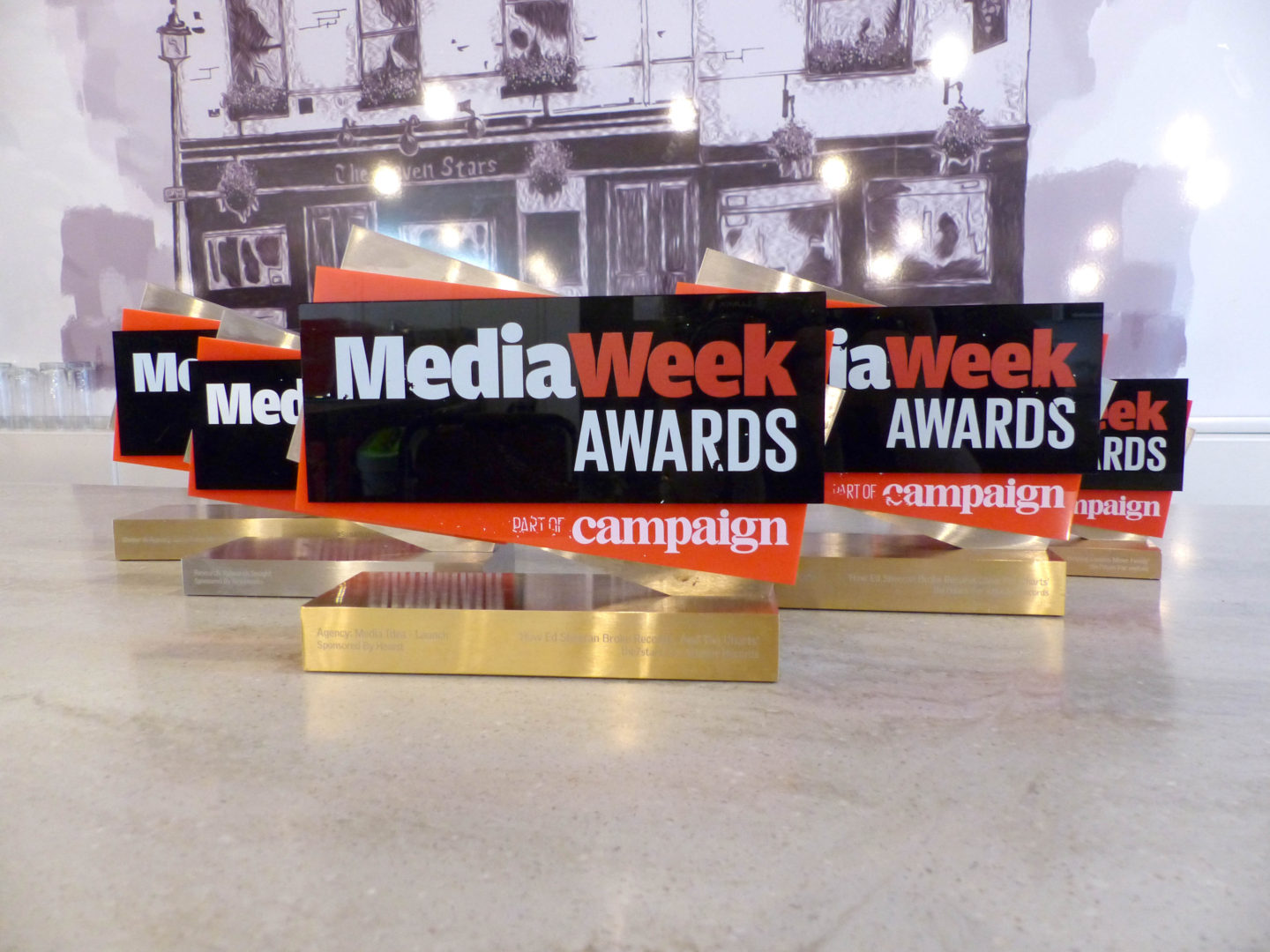
The Awin Report, released earlier this month, estimated the global value of the affiliate industry to be £12bn.
Affiliate marketing is the fastest-growing segment in digital advertising – the IAB & PwC’s Online Performance Marketing study revealed UK online performance marketing spend hit nearly £1.6bn in 2016. But advertisers, rightly, have many questions around affiliate marketing: what is it, is it incremental, and why can’t it be automated? These are all valid questions and need looking at on an individual client level.
The most important link in the chain is the consumer. Affiliate websites are loved by consumers, whether they’re geared at giving tips on how to manage our lives and finances (e.g. MoneySavingExpert), getting us free Swizzels tubs at Iceland or cashback on a Sandals holiday, affiliate marketing caters to most, if not all, client verticals.
Affiliate marketing is an adaptable and flexible solution for brands struggling to make sense of how and where to invest increasing digital budgets. As it has evolved into a multi-billion-pound sector, clients are increasingly viewing it as a platform to grow domestically and internationally.
While the affiliate marketing space is growing, so is the competition – a study released in 2016 indicated that over 80% of advertisers run affiliate programmes. The majority of those advertisers devoted more than 10% of their marketing budget to the affiliate channel. As it gains a higher profile, powerful business intelligence technology and tools are also becoming available, to enhance affiliate marketing and help clients understand ROI, and how to maximise it.
However, as with any self-regulated digital channel, there have been associated risks. Back in September, SkyBet suspended its affiliate programme, citing “changing regulatory requirements”. This followed a CMA investigation, alongside the UK Gambling Commission, into potential breaches of consumer law, after the Guardian had revealed that so-called tipsters, earning a percentage of customer losses, were deliberately recommending long-shot bets.
Domestic regulators are taking these accusations seriously, with the Gambling Commission revealing strict penalties for breaches. More widely, the ASA, earlier this year, published its guidelines around affiliate marketing, and the CMA followed by laying its own ground rules, stating that comparison sites should be Clear, Accurate, Responsible and Easy to use (CARE). The IAB has also stepped in, reviewing its Voucher Code of Conduct.
Affiliate marketing remains a proven online marketing method for generating sales, leads and brand awareness. The beauty of the channel is that you only pay out when users complete certain agreed actions on your website. In an industry where spend and budget are increasingly scrutinised, this is a channel that offers highly-measurable returns, cost-effective sales and genuine ROI. As domestic regulation comes up to speed, it will only continue to grow.







Recent Comments